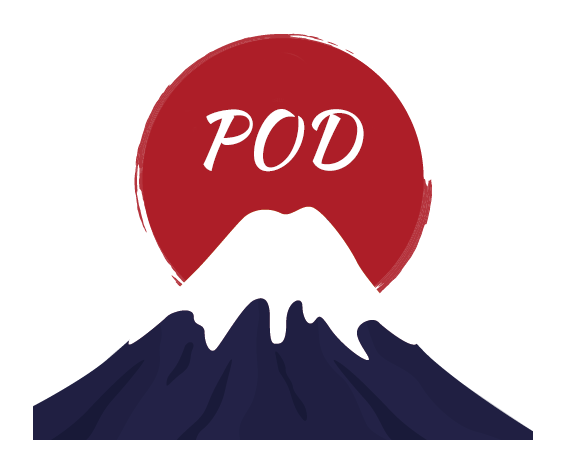Ukiyo-e, a traditional Japanese art form, has captivated art enthusiasts and collectors worldwide for centuries. Known for its vibrant colors, intricate details, and depiction of everyday life, Ukiyo-e prints offer a unique glimpse into Japan's rich cultural heritage. In this article, we will unveil some intriguing secrets and lesser-known facts about Ukiyo-e.
1. Origin of Ukiyo-e: Ukiyo-e emerged during the Edo period (1603-1868) in Japan. Initially, it was primarily used for religious purposes, but later evolved into a form of mass-produced art.
2. Meaning of Ukiyo-e: The term "Ukiyo-e" translates to "pictures of the floating world." It refers to the transient nature of existence and the pleasure-seeking lifestyle prevalent in the urban centers of Edo (present-day Tokyo).
3. Woodblock Printing Technique: Ukiyo-e prints are created using a woodblock printing technique. The design is carved into a wooden block, which is then inked and pressed onto paper to create the final print.
4. Collaboration of Artists: Ukiyo-e prints were often a collaborative effort between artists, carvers, and printers. The artist would create the design, and skilled craftsmen would carve the intricate details and produce the final print.
5. Subjects of Ukiyo-e: Ukiyo-e prints typically depict scenes from everyday life, including landscapes, portraits, historical events, and famous actors and courtesans.
6. Influence of Kabuki Theater: Kabuki, a traditional form of Japanese theater, greatly influenced Ukiyo-e. Many prints feature popular Kabuki actors in dramatic poses and elaborate costumes.
7. The Great Wave off Kanagawa: One of the most iconic Ukiyo-e prints is "The Great Wave off Kanagawa" by Katsushika Hokusai. This print depicts a towering wave about to engulf boats beneath it and has become synonymous with Japanese art.
8. Ukiyo-e and Western Art: Ukiyo-e prints had a significant impact on Western art during the 19th century. Artists such as Vincent van Gogh and Claude Monet were greatly inspired by the bold colors and composition of Ukiyo-e.
9. Influence on Impressionism: The concept of capturing fleeting moments and the use of vibrant colors in Ukiyo-e greatly influenced the Impressionist movement in Western art.
10. The Importance of Color: Ukiyo-e prints are renowned for their vibrant and striking colors. Artists used a variety of pigments, including natural dyes and imported materials, to achieve the desired effect.
11. The Role of Women: Ukiyo-e prints often portrayed women, particularly courtesans, in elegant and alluring poses. These prints were popular among the urban population and played a significant role in shaping the perception of beauty and fashion during that time.
12. Floating World Districts: The term "floating world" referred to the entertainment districts in Edo where people sought pleasure and escape from their daily lives. Ukiyo-e prints often depicted scenes from these districts, providing a visual narrative of the era.
13. Mass Production and Accessibility: Ukiyo-e prints were mass-produced, making them affordable and accessible to a wide audience. This contributed to their popularity and widespread dissemination.
14. Preservation Challenges: Due to the delicate nature of Ukiyo-e prints, preserving them for future generations poses significant challenges. Light, humidity, and improper handling can cause fading and deterioration.
15. Revival and Modern Influence: While the popularity of Ukiyo-e declined after the Edo period, it experienced a revival in the late 19th and early 20th centuries. Today, Ukiyo-e continues to inspire contemporary artists and collectors worldwide.
In conclusion, Ukiyo-e prints offer not only a visual feast for the eyes but also a fascinating insight into Japan's cultural history. From its origins in the Edo period to its influence on Western art, Ukiyo-e remains a cherished art form that continues to captivate audiences around the world.
Related recommendations:
Products designed and printed with the 10 most popular ukiyo-e themes.

